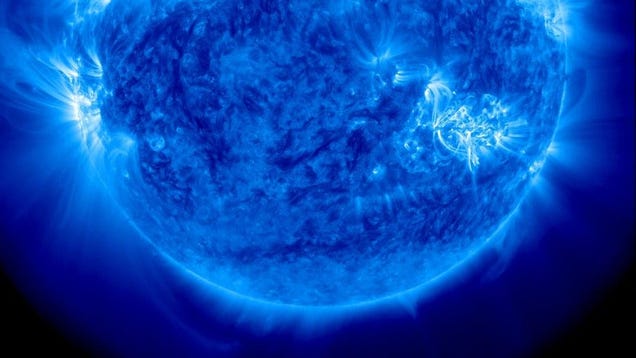
The National Oceanic and Atmospheric Administration’s Space Weather Prediction Center forecasted a “severe solar storm” that’s expected to hit Earth tonight, according to a release.

The National Oceanic and Atmospheric Administration’s Space Weather Prediction Center forecasted a “severe solar storm” that’s expected to hit Earth tonight, according to a release.
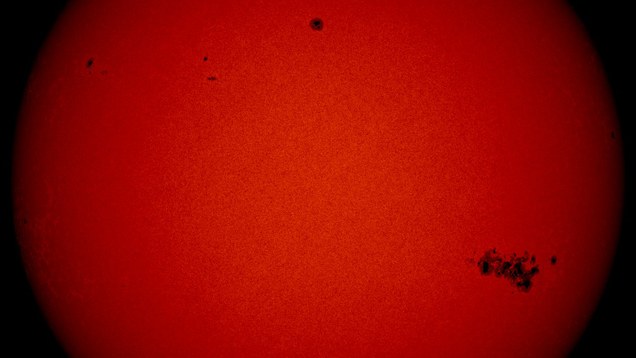
Inclement weather on the Sun’s surface could affect infrastructure on Earth and in space, scientists are predicting, as our host star approaches its solar maximum.
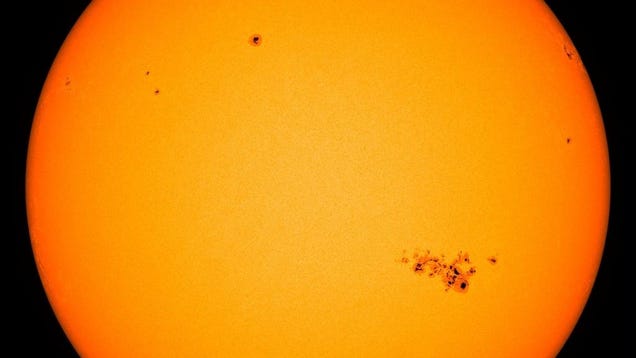
The Sun is a hot mess right now. Solar maximum is fast approaching, and a giant dark spot on the surface of the Sun keeps growing while spewing radiation out to space in the process.
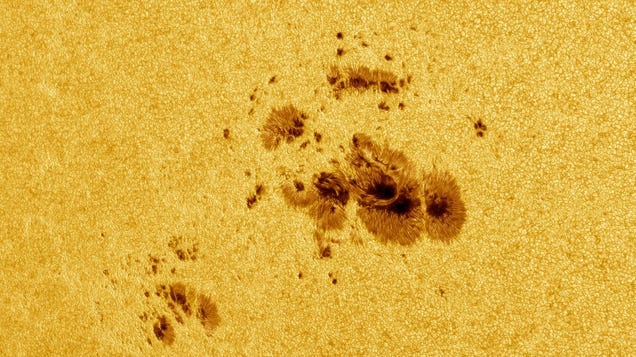
A striking set of gigantic sunspots, first spotted from Mars and now designated AR3576, is currently facing Earth, capturing the attention of astronomers, space enthusiasts, and concerned space weather forecasters.

Some train track circuits are at the mercy of distant storms on the Sun’s surface, researchers found, which could cause train signals to jump from red to green and vice versa as a result of extreme space weather.

A strong geomagnetic storm will hit Earth tonight following a significant solar flare that occurred on Tuesday, NOAA’s Space Weather Prediction Center reported today.
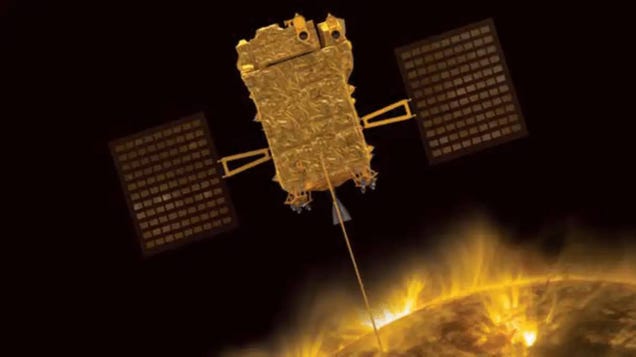
In a little over two weeks since its launch, India’s Aditya-L1 mission started collecting data to help analyze the behavior of particles that surround Earth.
For the past 17 years, a lone spacecraft has been following Earth’s tracks in its orbit around the Sun and capturing unprecedented views of our host star.
NASA/SDO